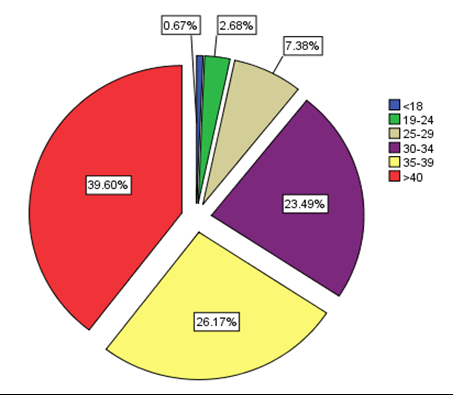Abstract
#Helicobacter pylori (H. pylori) infection is the most common #chronic bacterial infection worldwide and it plays a very important role
in the #pathogenesis of peptic ulcer, gastric carcinoma, and lymphoid
#tissue lymphoma. High reinfection rates after successful eradication
treatments make the oral cavity a possible reservoir area for the
survival of the bacterium. Therefore, the relationship between H. pylori and oral/gastric diseases is being investigated and has become a remarkable issue in recent years. In the oral cavity, H. pylori was first isolated from a dental plaque sample of a patient with gastric H. pylori in 1989. Investigation into the relationship of H. pylori with oral diseases has shown that oral H. pylori
may cause halitosis, #glossitis, recurrent #aphthous stomatitis and
dental caries. Hence, the aim of this review is to demonstrate the
relationship between H pylori and oral diseases in the context of the previous/latest research. Helicobacter pylori (H. pylori) is a spiral-shaped,
gram-negative, urease-producing and highly #pathogenic microaerophilic bacteria which causes development of highly serious gastrointestinal
disorders and is mainly acquired in childhood [1-4]. Almost 50% of the
global population is affected by the gastric H. pylori infection. The infection is more prevalent in developing countries in comparison to developed nations [5]. The prevalence of H. pylori infection mainly depends on age, geographic area and ethnicity [6].
For more articles on BJSTR Journal please click on https://biomedres.us/
For more Immunological Diseases Articles on BJSTR
Oral Signs of Helicobacter Pylori- Review of Clinical Outcomes by Damla Aksit Bicak in BJSTR



No comments:
Post a Comment
Note: Only a member of this blog may post a comment.